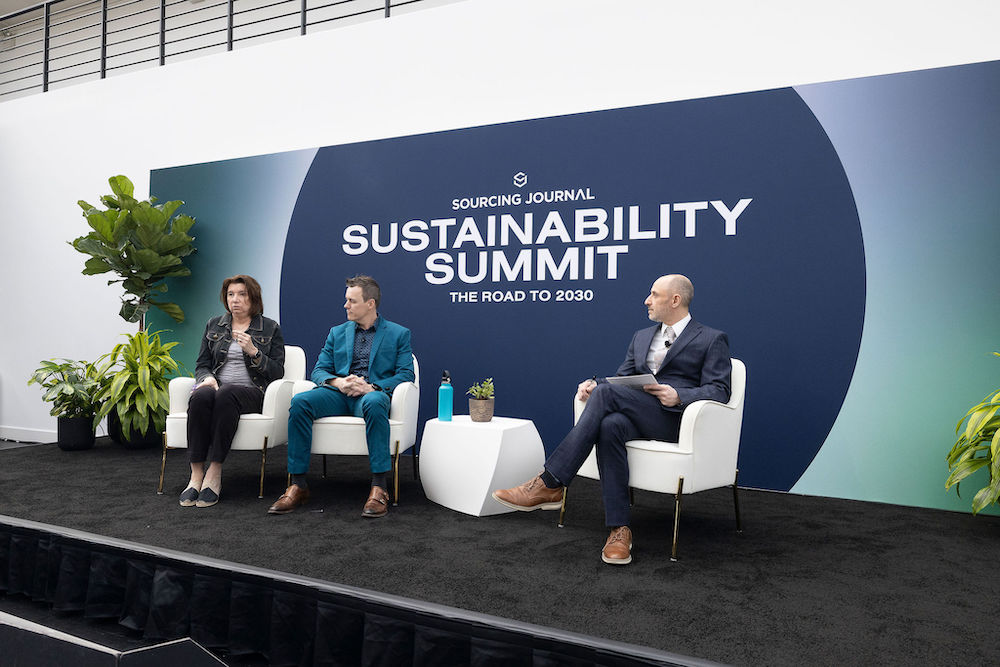The environmental journey of cotton from field to fabric includes significant stages, each impacting the overall sustainability of this widely used natural resource. At the Sourcing Journal Sustainability Summit, leaders from Cotton Incorporated discussed their ongoing efforts to amplify cotton’s environmental benefits, focusing on sustainable practices and technological innovations aimed at minimizing the footprint of cotton products throughout their lifecycle.
The organization is pioneering efforts to refine the circularity of cotton, enhancing its inherent sustainability. During the summit, Dr. Jesse Daystar, Chief Sustainability Officer at Cotton Incorporated, highlighted how cotton serves as a carbon sink during its growth, capturing about 1.6 pounds of CO2 per pound of cotton produced. This natural property not only benefits the atmosphere but also supports the longevity and reuse of cotton products, making them a preferable choice for consumers looking for durable and sustainable clothing options.
The challenges and solutions in cotton recycling were detailed by Mary Ankeny, Vice President of Product Development at Cotton Incorporated. She explained the mechanical recycling process, which, while beneficial, significantly shortens cotton fibers, limiting its reuse potential. To combat this, they recommend blending mechanically recycled cotton with new cotton to preserve fabric quality. Innovatively, Cotton Incorporated is also exploring nonwoven applications for shorter fibers, such as creating industrial wipes and insulation from recycled denim.
Furthermore, Cotton Incorporated is advancing chemical recycling techniques in collaboration with North Carolina State University, which transform cotton into glucose. This sugar can then be used as a raw material for producing eco-friendly products like biodegradable plastics and biofuels, offering a sustainable alternative to petroleum-based materials. This chemical recycling process not only diverts cotton waste from landfills but also opens new avenues for using post-consumer cotton in various industries.
The biodegradability of cotton has also been a focal point of research. Studies conducted with N.C. State show that cotton fibers break down more quickly in aquatic environments than an oak leaf, demonstrating cotton’s natural decomposition ability. However, the presence of chemical treatments can slow this process, although not significantly enough to prevent eventual degradation. This research supports the use of cotton as an environmentally friendly fiber that, unlike synthetics, does not contribute to long-term pollution.
In the broader context of environmental sustainability, composting of cotton products presents another viable end-of-life option. Collaborative research with Cornell University has shown that buried cotton garments decompose within soil, enriching the earth and potentially reducing the need for chemical fertilizers. This cycle not only captures carbon but also enhances soil health, illustrating cotton’s role in promoting ecological balance.
As consumer preferences shift towards more environmentally conscious choices, Cotton Incorporated’s efforts to make cotton production and disposal more sustainable are timely. With a majority of consumers now preferring natural over synthetic fibers, the emphasis on cotton’s environmental credentials and the organization’s innovations could play a crucial role in shaping the future of sustainable fashion.
